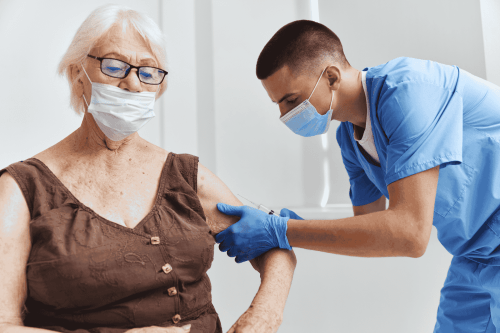As health systems continue to mitigate the effects of the COVID-19 pandemic, they must brace for a new threat: the rising rate of healthcare-associated infections (HAIs). For example, Staphylococcus aureus (MRSA) bacteremia (which is resistant to many antibiotics) is infecting an increasing number of patients in healthcare facilities.
Tackling the increased rate of HAIs is crucial. In operating rooms, HAIs can cause surgical site infections, which threaten the health and safety of patients.
Causes of Healthcare-Associated Infections
There are numerous factors that make HAIs more likely to occur. According to the Emergency Care Research Institute, staffing shortages posed the greatest threat to patient safety in 2022. With staffing shortages expected to worsen in the coming years, finding ways to protect patient safety and combat healthcare-associated infections will improve patient health outcomes.
Supply shortages are also fueling the increased rate of HAIs in healthcare facilities. Many care providers are forced to operate without the necessary materials to do their jobs. For example, perioperative nurses were forced to sterilize water themselves in hospitals due to a shortage of sterilized water. Sterilized water is used to clean surgical instruments during procedures. Forcing medical professionals to improvise due to a lack of supplies increases the likelihood of patients contracting healthcare-associated infections.
Prevention of Healthcare-Associated Infections
Preventing infections requires the support and input of all medical professionals in a healthcare facility. Collaboration between infection preventionists and nurses can help combat rising rates of HAIs.
Data sharing between infection preventionists and nurses is crucial to identify trends with HAIs. New CDC data indicates that an increased number of patients need central lines, ventilators, and catheters, all of which have been associated with the recent spike in HAIs. Knowledge of what is causing HAIs is key to preventing them in healthcare facilities.
Additionally, promoting infection prevention knowledge is one of the easiest and most effective ways to reduce the rates of HAIs. Ensuring all healthcare providers understand the basics of infection prevention goes a long way in improving patient safety and health outcomes.
Get Certified
American Medical Compliance (AMC) is a leader in the industry for compliance, billing, and HR solutions. Learn more about preventing healthcare-associated infections by taking AMC’s Infection Control Training for Healthcare Providers course today. Visit https://americanmedicalcompliance.com/ for more information.
Reference
Infection Control Today (2022, October 27). Nurses and Infection Preventionists: An Integral Partnership. Retrieved from: https://www.infectioncontroltoday.com/view/nurses-and-infection-preventionists-an-integral-partnership.



